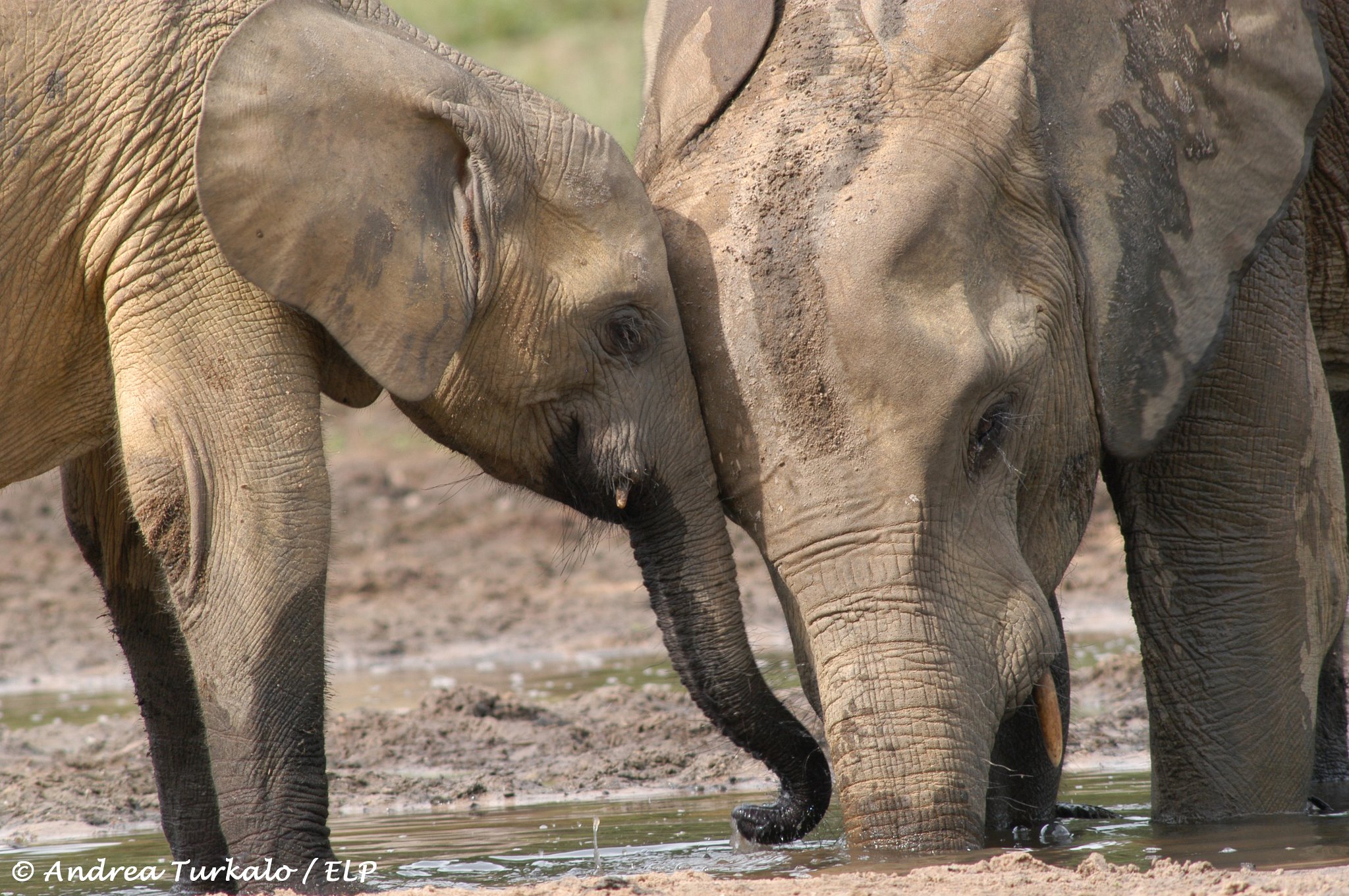
AI for Forest Elephants
Detect elephant rumbles and gunshots on recordings made in the forests of central Africa and optimize the model to implement on-edge
Premium participation: Get 1-on-1 Mentoring & Guidance
Try a free mentoring sessionApplying AI to detect gunshots and elephants to protect the forest elephants of Central Africa
The FruitPunch AI Community is working with the Cornell & Stanford University to protect forest elephant populations in central Africa!
The dataset supplied by the Elephant Listening Project at K. Lisa Yang Center for Conservation Bioacoustics at Cornell University consists of sound recordings obtained by autonomous acoustic recording units installed deep in the Central African rainforest. It has labels of elephant rumble vocalizations and gunshots.
A model exists that is able to process the raw audio and predict which segments contain these features with high accuracy. However, the approach is too slow and lacks many components necessary to be effectively used in their research.
Our goals are to optimize the pipeline and model to effectively process the vast amounts of data with the highest possible accuracy, in a user-friendly format. Furthermore, we are preparing the pipeline for the next step which is execution on the edge in the field. This time around, the microphone batteries should remain operational for up to 4 months so some real TinyML should be developed!
Info session
Why should we protect forest elephants and develop these models?
Forest elephants are key ecosystem engineers in Central Africa’s tropical rainforests. As forest elephant populations continue to decline due to ivory poaching, the rainforest’s capability to sequester carbon is increasingly reduced, with consequences on a global scale.
In addition, habitat loss and decreased food availability due to climate change increasingly compels elephants to raid villagers’ crops jeopardizing a peaceful co-existence between people and wildlife.
Conservation efforts are immense but hampered by difficulties in monitoring forest elephants in the dense rainforest. Acoustic monitoring is a promising method to monitor elusive, yet acoustically conspicuous species, such as forest elephants.
Central to acoustic monitoring is the use of accurate and fast detection algorithms and data retrieval systems that can be used intuitively by conservation practitioners to detect changes in population size and patterns of landscape use, but also to support anti-poaching efforts and prevent human-elephant conflict.
The models implemented will be used for the following purposes:
- Understanding population size, density, and landscape use
- Human-wildlife conflict prevention: We are seeking to extend the use of acoustic identification of elephants to function as warning signals for potential upcoming conflict when elephants approach a village and/or crops, to then activate a mitigation response by wildlife rangers
- Anti-poaching: We are also seeking to extend the use of acoustic identification of elephants for pattern analysis and prediction of potential poaching events.
GOAL: Optimize elephant & gunshot detection models and implement on-edge
The general goal is to significantly accelerate the processing of data from the field in both time and proximity to operations.
The ultimate goal is to be able to run the rumble detector on local devices and/or local conservation hubs to significantly accelerate the detection of elephants for the protection of both animals and humans.
Technical Deliverables
Optimize processing pipeline
- Implement a more efficient spectrogram extractor (STFT)
- Parallelize execution over frames
- Reduce model sizes (TensorRT)
- Make it easy to use/configure for the researchers
Optimize models
- Evaluate more architectures
- Use more of the available data
- Reduce size of models
- Back to just 1 model
Implement on-edge
- Find the smallest (in power) device that can support the pipeline live
- Create power-efficient implementation of the pipeline
The Data
Audio data that has been recorded at several sites throughout central Africa. These files are wave files that contain approximately 4 months of forest recordings each.

You will be working with spectrograms of the audio data, processing short time fragments and using computer vision to process the audio data.


Tech / skills you will use / learn
- Signal processing
- Edge computing
- CNN
- ML Pipelining
- Inference Optimization
Our partners Stanford, Cornell and Rainforest Connection (RFCx) & more will give you masterclasses during the challenge to bring you up to speed.
Who are we looking for?
We are looking for data science & AI engineers with experience in signal processing, edge computing and or MLOps. Experience in model optimization would be of great benefit.
You will collaborate with a diverse team of up to 50 international collaborators in subteams. You can join as a contributor (~12 hours per week commitment for 10 weeks) or coach (2-4 hours per week, only for experienced ML professionals)
Stanford, Cornell and Rainforest Connection (RFCx) will give you masterclasses during the challenge to bring you up to speed.
Quick facts
- 10,000 to 15,000 elephants are poached every year (Hauenstein et al. 2019)
- The African Elephant Status Report 2016 estimated a continental population of 415,428 (+/- 95% C.I. 20,111) for both African Savanna and African Forest Elephants combined and reported a continental decline of approximately 111,000 elephants since 2006 (Thouless et al. 2016).
- An assessment of African Forest Elephants in the central African range (representing approximately 95% of their present geographic range) estimated an overall decline of 62% between 2002 and 2011 with 72% of the remaining population being located in Gabon and the Republic of Congo (Maisels et al. 2013)
- Most recent assessment found that forest elephants experienced population reduction of more than 80% in the past three generations (93 years) (Gobush et al. 2021)
Timeline
Application Deadline: 17 Feb 2023
Challenge Kick-off: 21 Feb 2023
Midterm Presentations: 20 Mar 2023
Final Presentations: 1 May 2023











